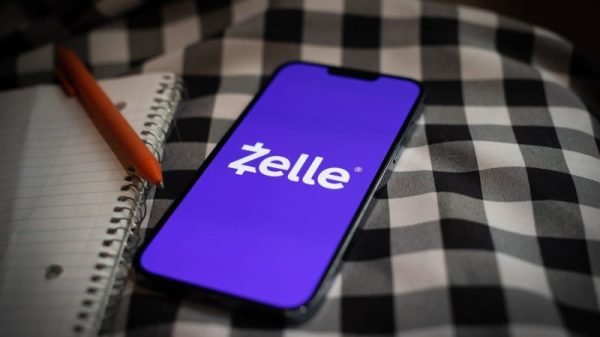Astronomers are questioning the theories of planet formation after discovering an exoplanet that technically shouldn’t exist.
The planet, about the mass of Neptune and more than 13 times as massive as Earth, was detected orbiting an ultracool M-dwarf star called LHS 3154 — which is nine times less massive than our sun. An M-dwarf star is the smallest and coolest type of star.
The planet — dubbed LHS 3154b — closely whips around the star, completing one orbit every 3.7 Earth days, making it the most massive known planet in a close orbit around one of the coldest, low-mass stars in the universe, according to a new study published Thursday in the journal Science. It upends how scientists understand the formation of planetary systems.
“This discovery really drives home the point of just how little we know about the universe,” said study coauthor Suvrath Mahadevan, Verne M. Willaman professor of astronomy and astrophysics at Penn State, in a statement. “We wouldn’t expect a planet this heavy around such a low-mass star to exist.”
Stars form from large clouds of gas and dust, and the leftover material creates a disk around the star where planets are later born. The amount of material present within the disks around stars determines how massive the planets that form around them can be. And the disk material is largely dependent on the mass of the star.
For example, small M dwarf stars are the most common throughout the Milky Way galaxy, and they typically have small, rocky planets orbiting them, rather than gas giant planets.
“The planet-forming disk around the low-mass star LHS 3154 is not expected to have enough solid mass to make this planet,” Mahadevan said. “But it’s out there, so now we need to reexamine our understanding of how planets and stars form.”
The habitable zone
The planet orbits a star about 51 light-years away from the sun and was discovered using the Habitable Zone Planet Finder, or HPF, installed on the Hobby-Eberly Telescope at the McDonald Observatory in Texas.
A team of scientists led by Mahadevan built the HPF, which was designed to detect planets orbiting within the habitable zone of small, cool stars. The habitable zone is just the right distance from a star where a planet is warm enough to support liquid water on its surface and potentially support life.
The lower surface temperature of small stars means that planets can orbit them much more closely and still maintain fragile elements such as water on their surfaces. And as planets closely orbit their stars, the gravitational tug between both bodies creates a noticeable wobble that the HPF can detect in infrared light.
“Think about it like the star is a campfire. The more the fire cools down, the closer you’ll need to get to that fire to stay warm,” Mahadevan said. “The same is true for planets. If the star is colder, then a planet will need to be closer to that star if it is going to be warm enough to contain liquid water. If a planet has a close enough orbit to its ultracool star, we can detect it by seeing a very subtle change in the color of the star’s spectra or light as it is tugged on by an orbiting planet.”
A planetary puzzle
Based on modeling and analysis, the research team believes the planet has a heavy core that would require more solid material to have been in the planet-forming disk than was likely present around the star, according to study coauthor Megan Delamer, an astronomy graduate student at Penn State.
The researchers estimate that the amount of dust in the disk would need to be at least 10 times greater than what is typically found in disks around low-mass stars.
“Our current theories of planet formation have trouble accounting for what we’re seeing,” Delamer said in a statement. “Based on current survey work with the HPF and other instruments, an object like the one we discovered is likely extremely rare, so detecting it has been really exciting.”
A few massive planets have been found orbiting low-mass stars, such as the planet GJ 3512 b discovered in 2019, but their orbital periods are much longer, and the planets don’t orbit their stars as closely.
“What we have discovered provides an extreme test case for all existing planet formation theories,” Mahadevan said. “This is exactly what we built HPF to do, to discover how the most common stars in our galaxy form planets — and to find those planets.”







































